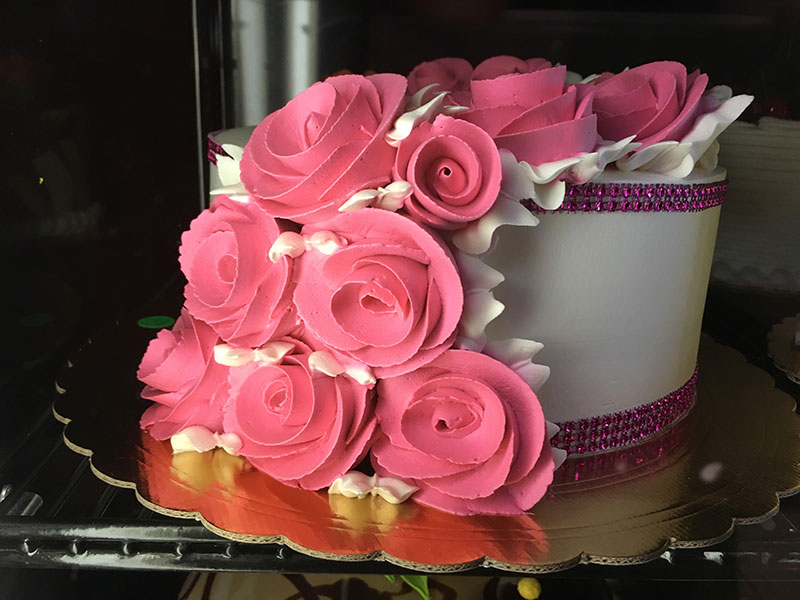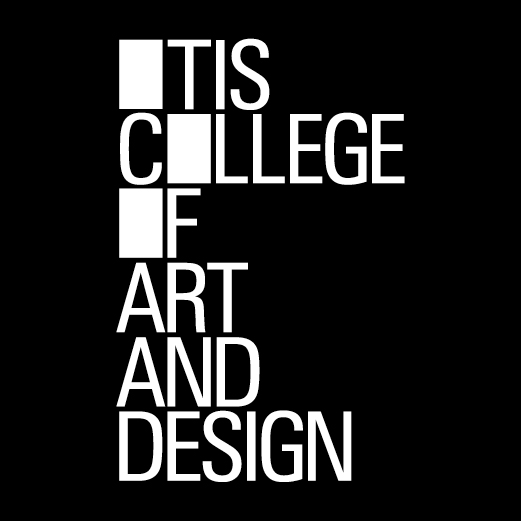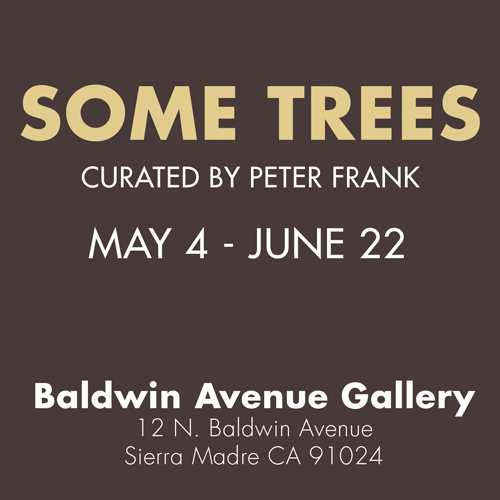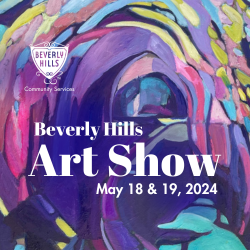Nearly everyone is aware of the smartphone’s impact on photographic aesthetics. Once-novel styles engendered by the cameras embedded in these devices have become so clichéd that they might pose more of a burden than a boon to smartphone shutterbugs shooting for uniqueness. Instead of eschewing such stereotypes, Judy Fiskin affects fascination with her telephonic camera’s potential for generating bathos. In her newest video, I Was an iphone Addict (2017), Fiskin wades perilously deep into banal stylistic miasma, seeking to capitalize upon smartphone photography’s facility and prevalence even as she critiques its prosaicism.
I Was an iphone Addict, a narrated slideshow lasting approximately 13 minutes, features Fiskin’s smartphone pictures, ostensibly taken on daily walks over a 6-month period. These images screen for only a few seconds each in rapid sequence. Concomitantly, the artist’s voice-over provides introduction, occasional commentary and conclusion in first-person narrative. Fiskin intimates her artwork’s self-conscious, flat-footed essence in her sardonic opening statement that she began this project knowing that all the photos she would take would already exist “in the cloud.”
She affects a layman’s DIY aesthetic throughout the video. Her shoes appear in a photo of leaves upon a sidewalk; compositions are skewed or off-center; and her shadow invades far less gracefully than Lee Friedlander’s.
Sequences are divided into categories heralded by white text in generic sans-serif font. Categories often treat of artistic pastiche and technological naiveté. “Learning From Eggleston” shows Fiskin’s emulations of the famous street photographer. “The Lasting Influence of Jackson Pollock” depicts a grocery store cake with icing drizzled à la Pollock. Amidst the triteness are intriguing gems; but the viewer’s enjoyment is denied by their rapid replacement.
Fiskin periodically delivers matter-of-fact musings, some descriptive or confessional, others didactic insinuations of photographic flaws. Viewers listen through headphones, which, along with the quotidian content and DIY aesthetic, evoke an artificial feeling of documentary intimacy like that of scrolling through a Facebook or Instagram feed. Early on, her commentary subsides, leaving the viewer to watch largely in silence. Her narrative’s initial facade of sincerity quickly succumbs to the viewer’s realization of having been induced to join her mockery of insipid camera phone photography.
Deadpan humor offsets monotony. As the slideshow progresses, categories become more inane. Fatuousness reaches a climax in “Photographs I took while listening to my Ipod” accompanied by music clips. Fiskin concludes in corny reflection of what she learned, referring to the camera phone as a proverbial “beast” that gave her “6 months of cheap thrills.”
Fiskin is certainly capable of far more sophisticated photography. Her feigned lameness is suffused with tongue-in-cheek humor as are Bill Owens’ Suburbia and Cindy Sherman’s recent distorted selfies, which also employ vernacular photography styles in critiques of banality.
Critiques of bromidic photographic aesthetics have become nearly as timeworn as the pictures themselves. In 2014, writer John Koenig coined a neologism “Vemödalen,” to describe “the frustration of photographing something amazing when thousands of identical photos already exist.” He also created an illustrative slideshow. While Fiskin’s repetitive, faux-naïf video artfully proves her point, it does so by perpetuating the selfsame phenomenon of which most are already weary.





















0 Comments